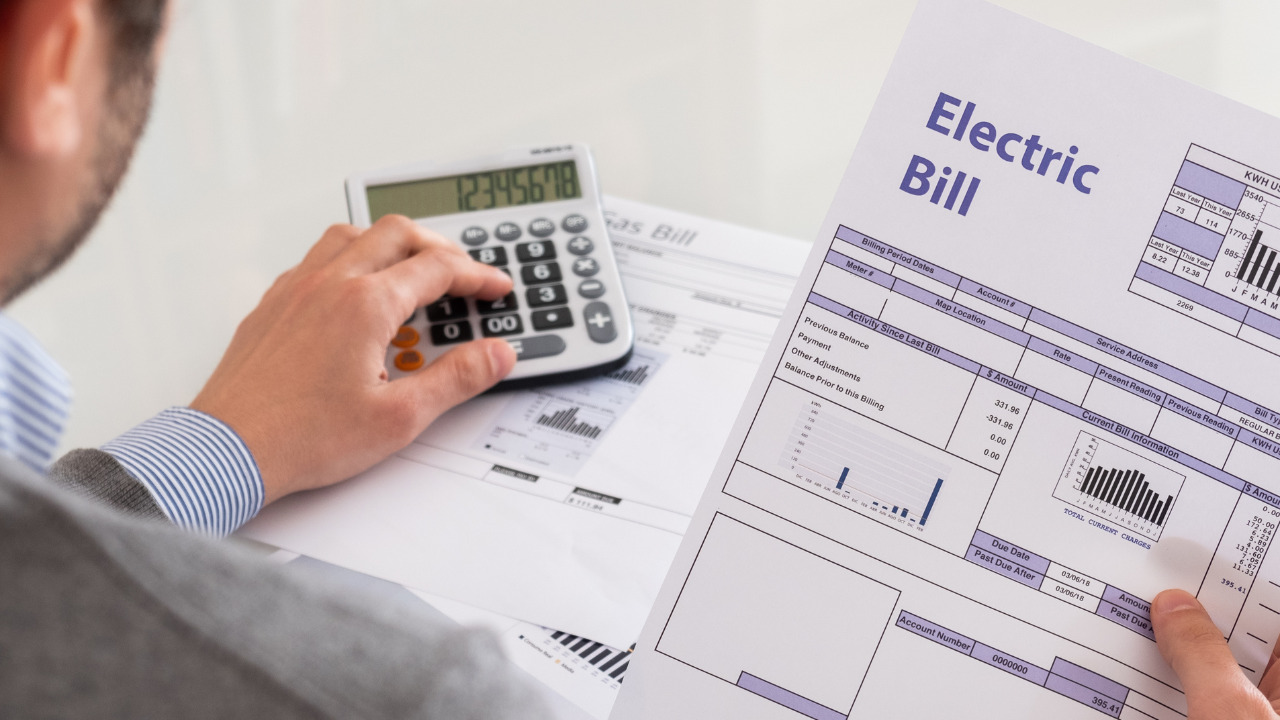As people become more environmentally conscious and concerned about their energy bills, many homeowners will be involved in energy-efficient home renovations.
From upgrading appliances to adding insulation and switching to energy-efficient light bulbs, these renovations can help reduce your carbon footprint and save you money in the long run.
In this article, we’ll explore four home renovations that can help you achieve a more energy-efficient home. Whether you’re looking to reduce your energy bills or positively impact the environment, these renovations are a great place to start.
Table of Contents
Upgrade to Energy-Efficient Appliances
If you’re looking to revamp your home and add value to your kitchen, consider switching to energy-efficient appliances. Not only do these appliances help reduce your carbon footprint and conserve natural resources, but they can also save you money on energy bills in the long run.
One of the best places to start is with your dishwasher. Opting for a model with a low water-usage rate can save you up to 5,000 gallons of water per year, translating to lower utility bills and less strain on the environment.
Additionally, switching from electric to gas appliances can also make a big difference in your kitchen’s energy efficiency.
Gas is a cleaner, even cooking option that can result in better-tasting food, especially for serious home chefs. While there may be an adjustment period when switching from electric to gas, the benefits are well worth it. Not only will you be doing your part to protect the environment, but you’ll also be making a smart investment in your home’s value.
Save Money on Your Energy Bills by Adding Insulation
Adding insulation to your home is a great way to lower your energy bills, especially if you live in an older home or one that doesn’t have adequate insulation.
With the right insulation, you can keep your home warm in the winter and cool in the summer without having to rely on your HVAC system as much.
Before you start your insulation project, it’s important to consider the placement and materials you’ll be using. The attic is an ideal spot for added insulation since it is often a major source of heat loss or gain.
You should also think about the type of insulation you want to use. From fiberglass to cellulose, there are many materials to choose from, and each has its own benefits and drawbacks.
To ensure you get the most out of your insulation project, it’s a good idea to consult with experts in the field, such as the team at Insulation4less.
They can help you determine the right type of insulation for your home and guide you through the installation process. Adding insulation may seem daunting, but with the right guidance, it can be a cost-effective way to save money on your energy bills while making your home more comfortable.
Revamp Your Home’s Energy Efficiency with New Window Panels
Windows are not only a source of natural light and ventilation but also contribute significantly to your home’s energy efficiency. Old or drafty windows can let in cold air during the winter months, causing your heating system to work harder and resulting in higher energy bills. However, replacing your entire window can be costly and time-consuming.
A more affordable solution is to use window replacement inserts that fit snugly into your existing window frame. These inserts help seal gaps and prevent heat loss, making your home more energy-efficient.
Switching to Energy-Efficient Light Bulbs
If you’re looking for a simple and cost-effective way to save energy and reduce your electricity bill, consider swapping out your old incandescent light bulbs for energy-efficient options like compact fluorescent bulbs or LEDs. These bulbs use significantly less energy and last much longer, making them a great investment for your home.
And don’t forget to turn off your lights when you leave a room to save even more energy. For areas like laundry rooms and garages that are frequently left unoccupied, consider installing timers that automatically turn off the lights after a set amount of time. These small changes can greatly impact your energy usage and help create a more sustainable home.
Infographic Provided By solar panel installation Columbia MD Company, Sunburst Solar





